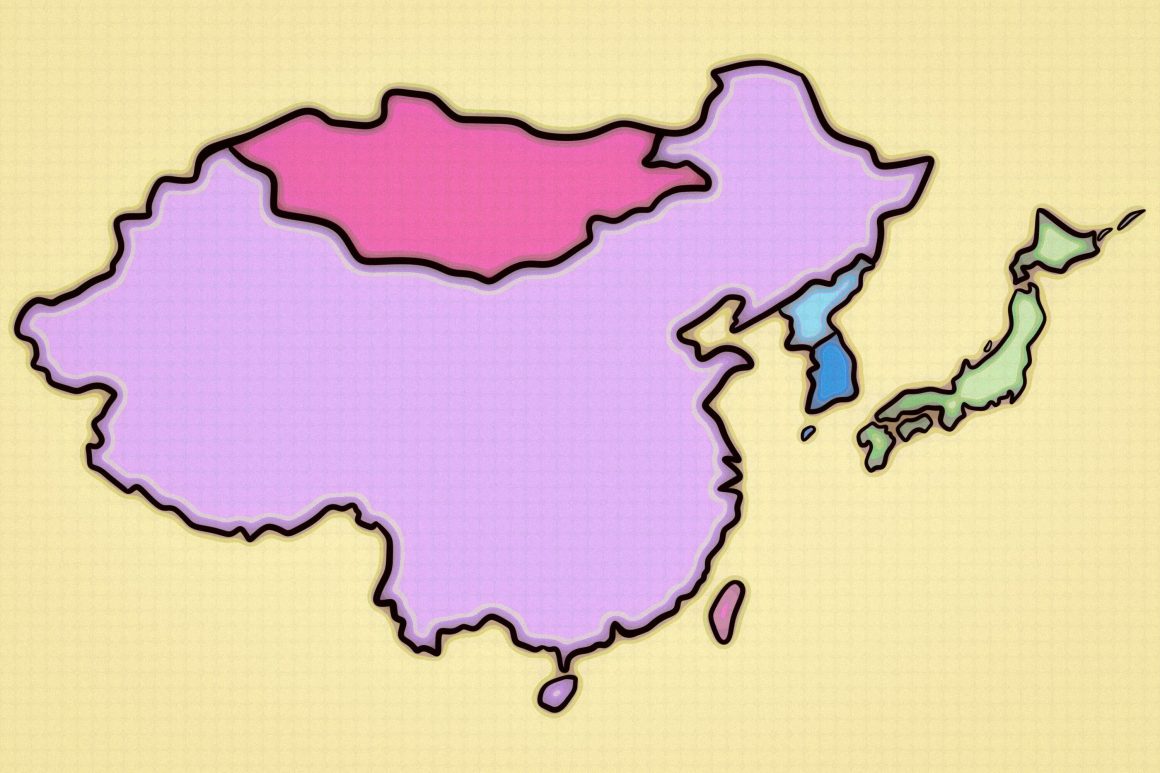
East Asia is more than anime and K-pop
By Jillian Cung, September 2 2022—
Growing up in the 2000s, the prevalence of Asian culture in the West was mild and often geared towards Western audiences. When Asian culture appeared in Western media, it was often watered down for entertainment purposes. For instance, the 2005 children’s animated show Avatar: The Last Airbender has strong Asian-inspired influences throughout the series. Although I am a big fan of the series, the sprinkles of Asian culture feel like they were used to make the Avatar universe more like an “exotic fantasy world” — purposely making it appear far different from the Western world. Western audiences enjoy Asian elements only when it is presented in a digestible and comforting manner. Unfortunately, this suggests that only specific parts of Asian cultures are suitable for Western audiences because the notion fixates on the “acceptable” aspects while neglecting the rest that aren’t as palatable.
Then as a teenager, I watched the cultural rise of anime and K-pop as they defined how Asian pop culture is viewed in the West — especially East Asian pop cultures. Japan and South Korea act like cultural machines as they plow through the Western pop culture landscape. The cultural influence of Japan and South Korea won’t be slowing down anytime soon either. Experts believe that their cultural exports will continue to have an impact in the coming decade. Considering how popular animated series like Attack on Titan or K-pop groups such as BTS are — I can only imagine Japan and South Korea’s cultural exports to increase.
Although I cannot speak for all Asians, as someone with a Chinese background, I find that other Asian pop cultures can’t even take a positive step into Western media because of the overwhelming presence of Japan and South Korea. Japan and South Korea’s pop culture is so heavily saturated in the West that Central, South and West Asian popular cultures do not have room to breathe.
The Chinese digital game Genshin Impact took the world by storm in 2020. The game takes inspiration from Japan’s video game industry, however, Chinese culture heavily shaped the game — with Chinese characters, landscapes and food. Despite the Chinese influence, Western players are more inclined to play the game with its Japanese voice acting than its Chinese voice acting — if they are not playing in English. Genshin Impact is often associated with being Japanese due to the popularity of its Japanese voices being from well-known voice actors and the overall game aesthetics. On the surface-level, maybe that’s all there is to it, however, glossing over the Chinese elements of the game might reflect the West’s underlying sinophobia. Such a term can be described as the discrimination of Chinese people, culture or simply China as a whole.
China’s Genshin Impact took nods from Japan’s video game industry — which undeniably allowed for the game to skyrocket on an international stage. Do other East Asian countries have to follow in Japan and South Korea’s footsteps to be accepted by the West? Are East Asian pop cultures not digestible enough on their own for Western audiences? Is the absence of other East Asian pop cultures in the West due to prejudices and negative stigmas of other East Asian countries?
Why is it relevant that the West recognizes and validates the East — or even non-Western cultures? The issue when the West rejects other cultures is it has real-life implications for the people who live in Western countries but have non-Western cultural backgrounds. The rejection may be the absence of a non-Western culture in mainstream media — which leaves Western people with limited knowledge about non-Western cultures. However, larger issues arise when Western media portrays negative, harmful and inaccurate narratives about non-Western cultures. The overwhelming damaging narratives result in verbal and physical anguish for visible minorities.
In 2020, Western media outlets used China as the scapegoat for COVID-19 — labelling it the “China Virus.” Anyone who was perceived to be Chinese faced harsher stigmatization due to media outlets continuing to build sinophobic narratives around COVID-19. The verbally and physically violent hate crimes Asian people faced were so overwhelming that movements such as Stop Asian Hate were established. The development of negative narratives due to Western media portrayal illustrates why it is important for the West to be conscious of its depictions of non-Western cultures.
The oversaturation and fixation of Japanese and South Korean pop culture in the West may have other implications. As the Western world becomes more fixated on Japanese and South Korean pop culture, they reject the existence of other East Asian pop cultures. The rejection of other countries’ pop culture limits Western audiences from discovering new cultural exports. Exploring other countries’ pop culture allows people to broaden their horizons as they become enriched in the arts.
Break down the cultural barrier and dive into Vietnamese house music such as 2 Phút Hơn by Pháo or catch up on a Thai romantic comedy series like Thong Ek Mhorya Tha Chalong.
East Asia is booming with pop culture, diminishing it solely to Anime and K-pop when it’s so much more feeds into the notion that East Asia is a Japanese-Korean monolith.
This article is a part of our Voices section.
